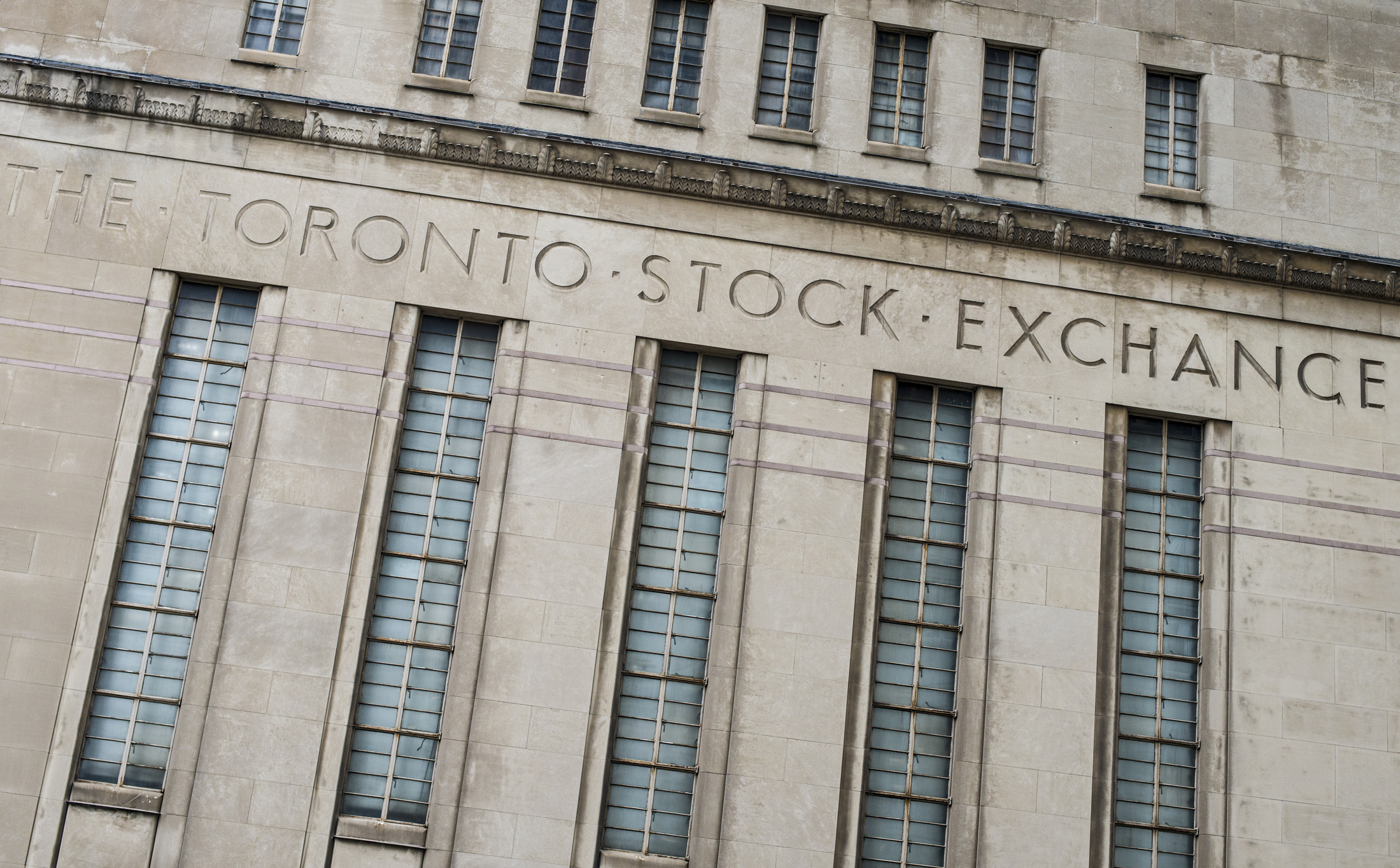Late cycle strategy: income from infrastructure
The US Federal Reserve’s latest 25 basis points rate reduction in mid-September is seen by many market observers as another signal that world markets are in, or are fast approaching, a late cycle.
US-China trade tensions, Brexit, Hong Kong protests and anaemic growth in the Euro Zone, where quantitative easing is again on the front burner, are all issues that contribute to global uncertainty and the late-cycle narrative.
On the interest rate front, the Fed felt the need to drop rates again in September, only a month after its first reduction since December 2015. Looking at global equities, now is just the third time in the past 100 years in the US that equity valuations have been this high – if you consider Shiller CAPE for the S&P 500.
These are two strong arguments for a late-cycle view.
A late-cycle consensus raises a critical question for investors: how should I manage this situation?
We believe this is a time when select listed infrastructure can significantly fortify an individual or SMSF portfolio on the basis that certain infrastructure assets can be shown to offer significant downside protection while capturing much of the upside.
The RARE Income Strategy has demonstrated such defensive qualities since its inception in 2010. In falling markets the strategy has exhibited a beta of 0.24, meaning when markets fall 100 points the fund falls just 24 points on average.
In rising markets, the strategy has exhibited a beta of 0.66, meaning for a 100 point rise in the market, the fund typically rises by 66 basis points.
The RARE Infrastructure Income Fund has only recently become available on most retail platforms in Australia. It is our most defensive strategy and is experiencing significant inflows globally and locally. This tells us that investors are indeed reacting to global uncertainty and looking to products that can provide more reliable income in this environment.
Within this strategy, we are biased towards the utility sector because utilities’ earnings are generally the most resilient in times of economic stress. This is because they are underpinned by regulation and/or long-term contracts and are generally linked to inflation.
For example, the Income Fund’s single largest holding (5.7 per cent) is Canadian headquartered Enbridge Inc, a North American pipeline business, of which 98 per cent of its EBITDA is from regulated take-or-pay or fixed-fee contracts. This is by far the highest proportion in its class.
Another holding (4.1 per cent) is the UK water utility, United Utilities, which we consider as best in class and which we believe is likely to benefit from the UK regulator’s policy of rewarding well-run enterprises with the ability to generate greater revenue streams.
In assessing potential investments, RARE determines whether a business has the ability to earn excess returns, comparative to its peers, and then makes a judgement on the quality or sustainability of the yield.
Both businesses passed these hurdles, which we are confident will allow the fund to continue to meet its target yield through the economic cycle of 5 per cent a year and a total return of CPI plus 5.5 per cent a year
The fund currently has five Australian holdings: Sydney Airport, Transurban, APA Group, AusNet and Spark Infrastructure.
Nick Langley is the co-founder and senior portfolio manager at RARE Infrastructure.










